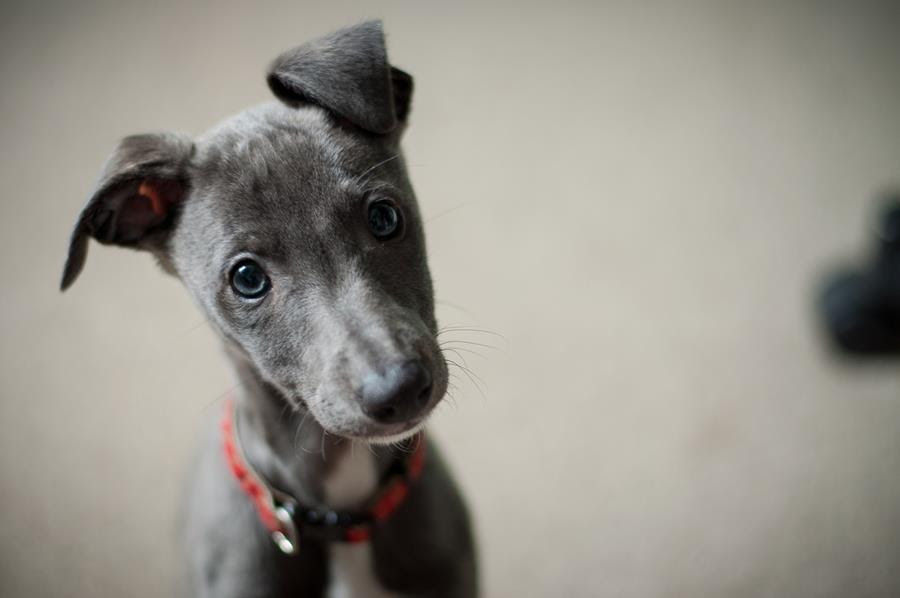Proofing our verbal cues is a necessity for sports like Rally-FrEe and Musical Freestyle. As handlers, we work hard to build and maintain value in our verbal cues, but we don’t often take our efforts to the next level and teach our dogs to work through cue interference.
Read on to find out how to identify and train for cue interference so your cues never stop working for you!
— Julie, Founder of Rally Freestyle Elements
Tips for Keeping Your Cues Crystal Clear
While proofing and generalizing behaviors so that our dogs can perform in novel or difficult environments, such as shows, is the norm for freestylers, we don’t always spend time proofing our cues.
In freestyle, handlers are expected to include some form of movement that helps interpret the music for the audience. While it’s not required that you “dance,” some movement that fits the genre of the music or the theme of your routine should be present. But artistic interpretation such as arm movements, rhythmic gait, and changes of pace aren’t possible until you’ve taught your dog to work through “Cue Interference.”
What is it? Cue Interference is a term I use when something interferes with the dog’s ability to perceive and respond to a cue.
What causes it? It could be new surroundings or a change in the environment. It could also be a change in the handler’s voice, facial expressions or movements.
What does it look like? The stress of competition can make handlers anxious, changing the way our voices sound. Delivering cues in a “tighter,” higher, or lower pitch or volume, though nearly imperceptible to us, can be very concerning to your dog. If they aren’t practiced at responding to those subtle changes in your voice or the way your body moves when interpreting the music, they may not fully comprehend the cue and you’ll very likely see a “deer in the headlights” look rather than a confident response to a cue you thought they fully understood.

Why does it matter? If your dog hasn’t been taught to ignore Cue Interference, the result can be confusion, a lack of confidence, slow response to cues or no response at all! And, that, in turn, affects the handler’s emotional state (which further affects the dog’s performance), musicality, and yes, flow.
How do you train for it? Adding artistic movement with the expectation that your dog will still be able to respond to cues as usual is unrealistic. Your interpretive movements need to be added just as any other layer of difficulty (duration, distance, distractions) is added – gradually and methodically.
Want to know more? Here are some exercises to help you train your dog to ignore Cue Interference.
Try this! Habituate your dog to movement while giving a well-known verbal cue. Choose simple strong behaviors. They don’t have to be freestyle behaviors to start. Even asking the dog to sit or down or go to their mat is fine to practice the exercise. Then you can add in more difficult behaviors.
Give your cue as you create movement with your body. Make sure it is at the same time! You’re not teaching the dog to respond to your movement, rather you’re layering it on top of your cue to create Cue Interference. The goal is to add some difficulty to the dog’s ability to respond.
You can do any kind of movement – an arm sweeping upward as you give your cue for a behavior that takes the dog in the opposite direction, or hopping on one foot as you give your cue, or making a silly face as you give your cue (which could also change your voice!). Just make sure your body is doing something it doesn’t normally do so that you create cue interference.
You can try the same exercise with the sound of your voice and your facial expressions.
Before adding your “Cue Interference” to a cued behavior, determine your criteria. Will you accept lower criteria or quality of the behavior to start and then build it back up while maintaining the intensity of your movement? Or, will you maintain your full criteria and quality of the behavior and if the dog does not meet that withhold the click and treat and lessen the intensity of your movement so the dog can succeed on the next rep? One is habituating the dog to the change, the other is desensitizing the dog to the change. Either is fine.
Okay! Go move!
If you video your exercises, you can share in the Rally Free For All Facebook group with the hashtag #cueinterference
